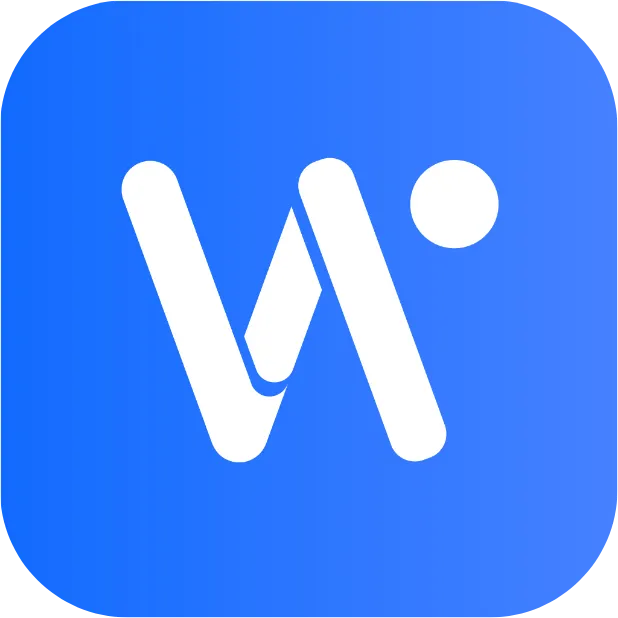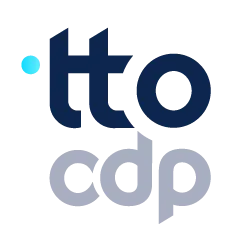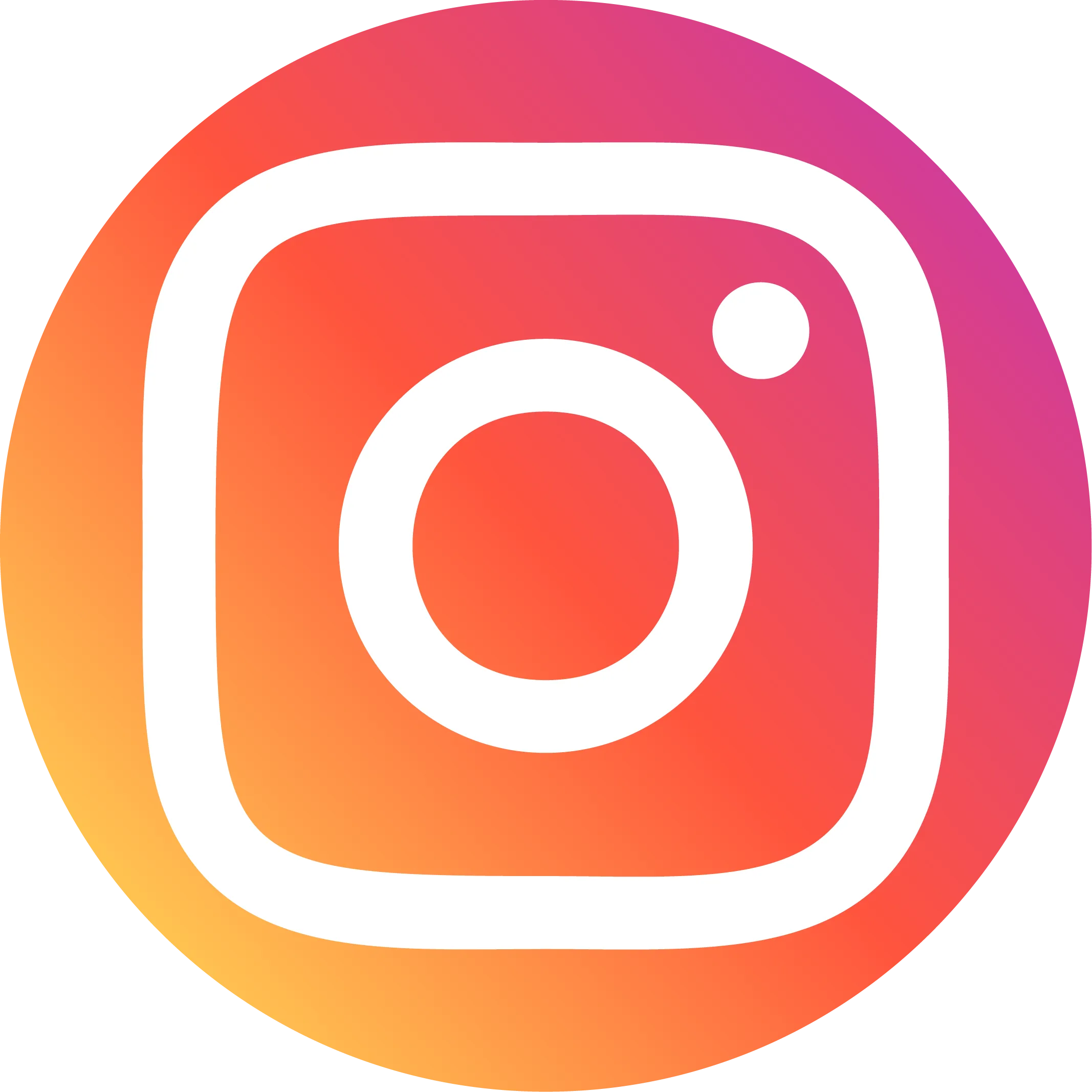If you leverage AI-powered Google Ads, you can slash acquisition costs by 7%.
The healthcare industry is undergoing a digital revolution, with AI-powered marketing emerging as a game-changer. Recent advancements like Smart Bidding Exploration, announced in May 2025, exemplify how AI can uncover hidden opportunities by analyzing less obvious but high-value search queries. In an era where personalized patient experiences and trust-building are paramount, leading healthcare providers like Este Nove, Vera Clinic, and Esteworld are leveraging AI-driven Google Ads to redefine engagement. These pioneers demonstrate how combining data analytics, video marketing, and machine learning can overcome industry challenges—from seasonal demand fluctuations to international patient acquisition.
Recent breakthroughs reveal astonishing results: Este Nove achieved a 61% surge in branded searches through YouTube campaigns, while Vera Clinic slashed acquisition costs by 7% using emotionally compelling video content. In the meantime, Esteworld's integration of CRM with Google Ads led to a 35% increase in conversions.As healthcare becomes increasingly consumer-driven, these case studies prove that AI isn’t just an option—it’s the cornerstone of modern patient acquisition strategies.

I. Strategic Applications of AI-Powered Google Ads in Healthcare
Healthcare marketers are deploying AI-powered Google Advertising across the entire patient journey with surgical precision. Este Nove’s "funnel expansion" strategy exemplifies this approach. By pairing Maximum Performance campaigns with YouTube Video Views, they reached 500,000 new users in three months—a 5% conversion lift proving that top-funnel awareness directly fuels bottom-funnel results. The secret? AI’s ability to analyze CRM data in real-time, allowing dynamic ad adjustments based on user intent signals like "non-surgical rhinoplasty" searches.
Video marketing has become healthcare’s trust accelerator. Vera Clinic’s Demand Generation campaigns transformed vague interest into 29% higher conversions by showcasing hair transplant procedures through documentary-style videos. These AI-optimized videos tackled patient concerns at every decision phase. Google’s AI further amplified impact by serving these videos to high-intent audiences, reducing cost-per-acquisition while increasing click-through rates by 9%.
For Esteworld, data integration was the breakthrough.By integrating offline consultation data with Google Ads’ Smart Bidding, their AI generated highly personalized creatives for individuals seeking aesthetic procedures. A/B tests revealed ads featuring surgeon credentials outperformed price-focused variants by 15% in CTR, while location-based triggers increased international patient inquiries by 50%. This synergy between AI and first-party data demonstrates how healthcare providers can turn fragmented interactions into cohesive patient journeys.
II. Cross-Industry AI Marketing Insights for Healthcare
The "Power Pair" strategy—integrating Maximum Performance and Search campaigns—is yielding transformative results across sectors beyond healthcare. Turkish Airlines’ 65% conversion value increase mirrors Este Nove’s success, proving AI’s universal applicability. Hepsiemlak’s 37% conversion surge using Broad Match keywords suggests healthcare marketers could similarly capture latent demand for services like "non-invasive body contouring" that patients don’t yet know exist.
Non-healthcare brands reveal critical lessons. Koçtaş’ 125% conversion rate jump came from AI-driven audience segmentation in Google Advertising—a tactic equally potent for differentiating cosmetic surgery seekers from wellness tourists. Similarly, SuperStep’s 166% conversion boost using high-value customer beta solutions highlights how healthcare providers could apply predictive modeling to identify patients likely to book premium packages.
Key metrics tell the story: AI consistently improves healthcare marketing KPIs by 20-35%—whether reducing Vera Clinic’s cost-per-lead or increasing Esteworld’s brand search visibility. These parallels confirm that healthcare, while unique in its ethical considerations, shares fundamental performance principles with retail and travel: precision targeting, emotional storytelling, and algorithmic optimization.

III. Organizational Shifts for AI Adoption in Marketing
The rise of AI specialists in marketing teams is reshaping healthcare organizations. FC Barcelona’s AI-curated content strategy—which increased fan engagement by 40%—parallels how hospital networks could deploy similar tools in Google Ads to personalize patient education. McCain’s 47% elasticity reduction through consistent brand advertising underscores why healthcare CMOs must champion AI as a long-term investment rather than a tactical tool.
Decentralized tech decision-making is accelerating innovation. Similar to how Turkish Airlines’ marketing team obtained autonomy over AI tools, forward-thinking healthcare providers are enabling digital leads to deploy AI solutions without IT-related delays. This shift is critical—when Vera Clinic needed rapid creative iterations for its video campaigns, agile decision-making allowed testing 12 variants in two weeks, with AI identifying the top-performing emotional triggers.
The skills revolution is equally profound. Marketing job postings now demand AI proficiency 3x more than in 2022, with healthcare brands like Esteworld recruiting "Patient Journey AI Architects." These specialists bridge clinical and marketing domains, using tools like Smart Bidding Exploration to uncover untapped patient segments—similar to how mortgage lenders now target "how to buy a home" searches.
For instance, Topkee’s TTO CDP enable marketers to automate conversion tracking and budget allocation, aligning with long-term brand-building goals. Topkee’s TM settings exemplify this shift, offering customizable tracking templates that empower marketing teams to analyze campaign performance independently. Topkee’s keyword research services, which combine competitor analysis and broad-match strategies to uncover untapped customer segments.
IV. Financial and Strategic Impact of AI-Driven Marketing
Kantar/Google research reveals a seismic insight: strong healthcare brands command pricing power 2x higher than competitors. Este Nove’s premium positioning—achieved through AI-optimized brand campaigns in Google Ads—allowed a 15% price increase without patient attrition, directly contributing to a 7% revenue boost. This mirrors the U.K. skincare brand that turned a 14% price hike into revenue growth through elasticity management.
The metrics framework is evolving. While healthcare traditionally measured cost-per-acquisition, forward-thinking providers now track:
- Price Elasticity: Esteworld’s AI models showed breast augmentation seekers tolerated 12% higher fees when ads emphasized board-certified surgeons
- Brand Equity: Vera Clinic’s Brand Search Volume Becomes a Measure of Trust
- Lifetime Value: CRM-integrated ads identified high-value aesthetic patients, yielding 3.7x ROI over 18 months
Actionable steps emerge: partnering with finance teams to model how AI-driven brand building reduces patient sensitivity to price fluctuations. McCain’s nine-year elasticity reduction roadmap proves sustained investment transforms marketing from cost center to profit driver—a lesson healthcare providers must embrace as elective procedure demand grows.
Such outcomes are amplified by Topkee’s comprehensive Google Ads services, including SEO optimization and creative production, which enhance brand visibility and credibility. The integration of TTO tools for attribution and TM settings for tracking further refines campaign accuracy, ensuring ads resonate with high-intent audiences. Topkee’s remarketing strategies that segment users based on behavior, delivering personalized ads with 70% higher purchase likelihood. Periodic ad performance analysis—covering ROI, conversion rates, and budget efficiency—enables continuous optimization to maximize long-term value.

Future Outlook and Conclusion
AI is becoming healthcare marketing’s force multiplier—enhancing human creativity rather than replacing it. The next frontier combines generative AI for personalized content with predictive models for patient intent forecasting. Ethical considerations remain paramount; Vera Clinic’s success stemmed from transparent educational content, not aggressive targeting.
As Este Nove’s Murat Alsaç noted, "We’re feeding the funnel’s top to harvest sustainable growth." This philosophy—paired with AI’s analytical might—is helping healthcare providers build resilient brands in an increasingly competitive landscape.
For organizations prepared to embark on their AI journey, the moment has arrived. Whether optimizing existing campaigns through Smart Bidding in Google Ads or developing institutional AI expertise, the tools exist to transform patient acquisition.
Appendix:
- Healthcare Video Marketing Success Stories
- Power Pair Strategy for Performance Growth
- AI Skills for Modern Marketers
- Pricing Power Through Marketing







